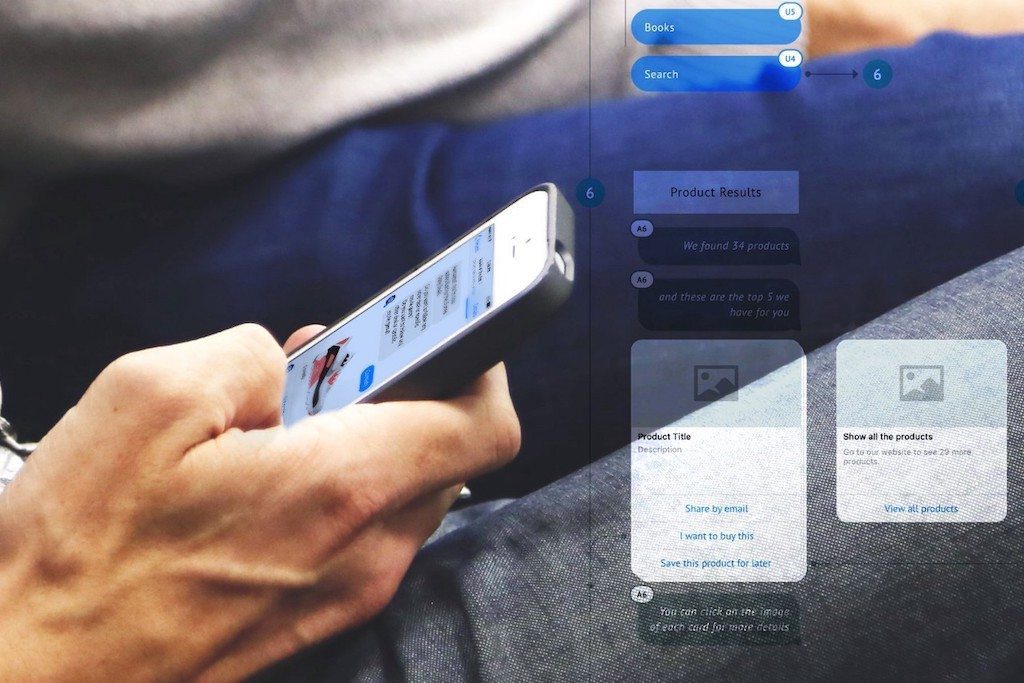Skift Take
Chatbots offer the first glimpse into a future where meeting and event planners can deliver mass personalization at scale using artificial intelligence.
There's been a surge of meetings and events that are integrating chatbots into their communication platforms in 2017, powered by artificial intelligence engines to provide automated 24/7 brand engagement.
In Austin this year, South by Southwest's bot "Abby" answered more than 56,000 questions submitted by attendees in the SXSW Go event app. Other recent event chatbot launches included "Frank" at IMEX Frankfurt and "Betty" at BizBash Live LA.
As was the case with event apps just a few years ago, there's a lot of confusion today about what chatbots are, and what they can provide for both meeting planners and attendees.
According to Salt Lake City-based Sciensio, which developed IMEX's Frank and BizBash's Betty bots earlier this year, "Chatbots are software programs, which can include AI components, designed to interact with people over messaging apps." Eventually, in all likelihood, all consumer and industry brands will have AI-powered chat platforms to engage their audiences, and as artificial intelligence evolves, they will be able to provide more customized information to the individual user.
Chatbots, then, offer the first glimpse into a future where meeting and event planners can deliver mass personalization at scale.
In effect, chatbots are like live chat boxes you see on many consumer-facing websites, in the sense that they're live in real-time, just not with a live person. They're not to be confused with general chat messaging with brands. That's common with channels like Facebook Messenger, where consumers have the ability to message a company or organization, and then a live representative responds hours or days later.
The rise of AI bot messaging between consumer and brands kicked into high gear in 2016 in the fashion, food, entertainment, media, and retail sectors. In Apri


